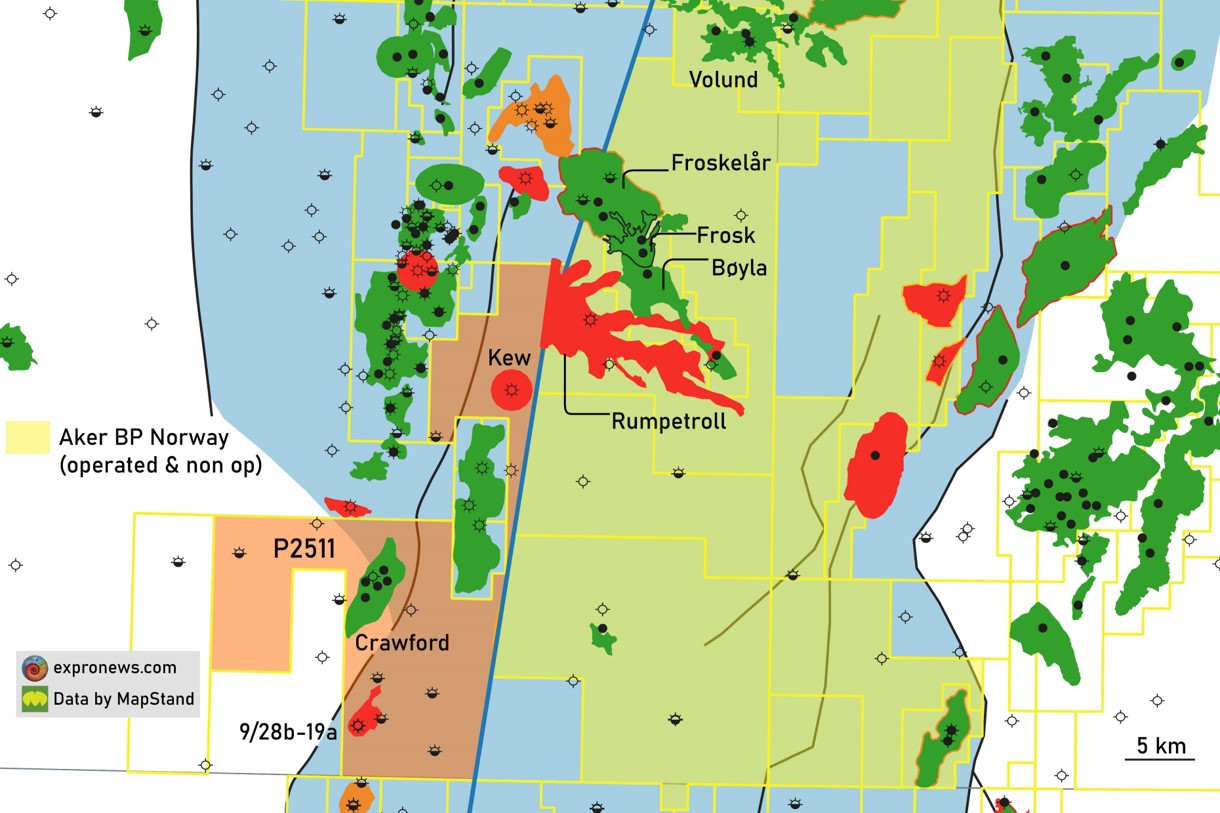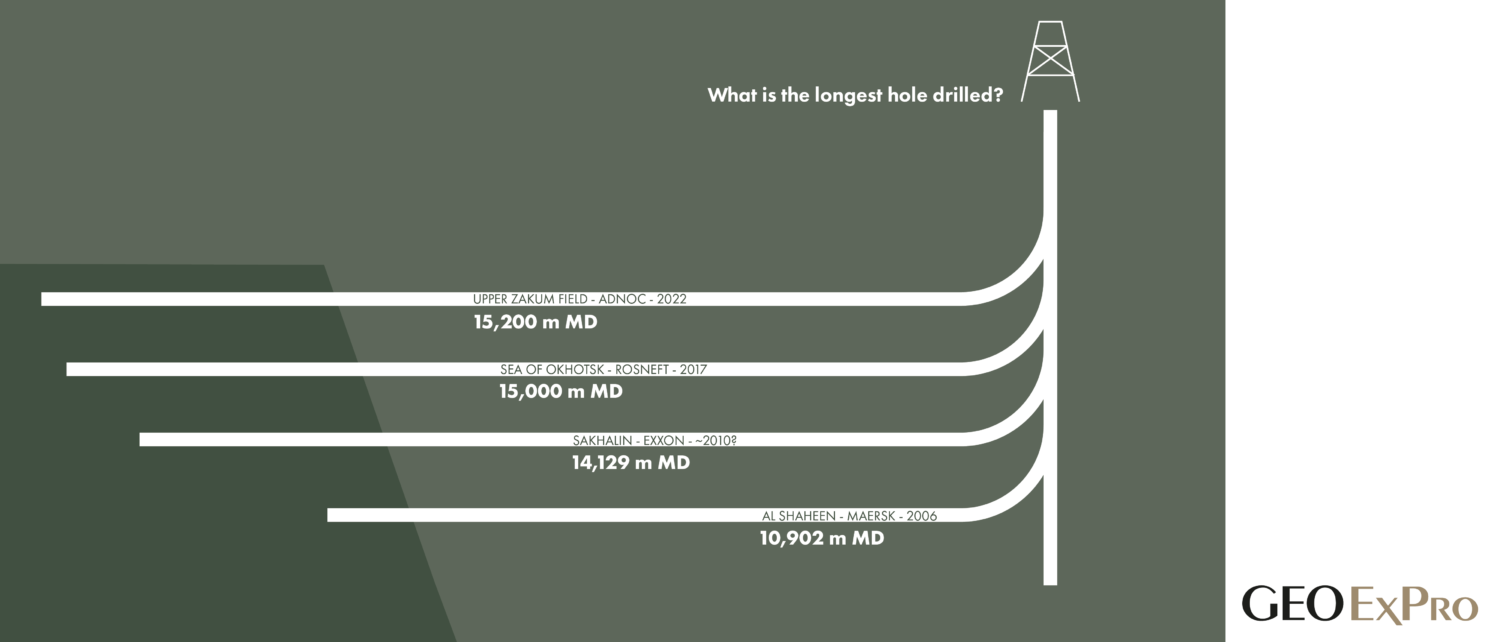As was announced last week, Aker BP entered the UK with a new subsidiary – Aker BP UK. Through acquiring a 50% stake in UK licence P2511 from Eni UK, it hopes to more efficiently explore and develop resources in the greater Alvheim area, one of Aker’s core areas.
Cross-border activities
The move can be seen as part of a trend of increasing cross-border activities in the North Sea, with the drilling of Jerv by Chrysaor close to the UK Fleming field and ONE-Dyas drilling well N04-3 in Dutch waters close to the German offshore boundary as two current examples.
Eni UK licence P2511 is directly adjacent and even partly encompasses the Rumpetroll 4-11 MMboe gas discovery made by Aker BP in 2019 through drilling 24/9-13 and 24/9-13A. As can be seen from the map, the western boundary of the Rumpetroll discovery is remarkably straight. Unless there is a fault causing a sand-shale juxtaposition, it could be that the reservoir actually continues further into UK waters, which may be the key driver behind Aker BP entering the UK licence.
The Rumpetroll discovery as well as the Froskelår, Frosk, Alvheim and Volund fields are all reservoired in Cenozoic injectite sands sourced from marine turbidites of various Paleocene and Eocene fan systems in the South Viking Graben. The process of remobilisation and injection of deepwater sands produces very high-quality reservoirs often with multi-Darcy permeability. The porosity in the Hermod Fm reservoir in the Volund field averages 34% with 1-6 Darcy permeability. Injectite reservoirs are very complex and therefore high-quality data and a good conceptual model are needed to be able to predict reservoir presence.
The first UKCS abandonment
Eni UK licence P2511 currently hosts two gas and one oil accumulation. The oilfield is Crawford, which ceased production in 1991 after having been operated for only two years. It is probably because of severe compartmentalisation that it was decided to abandon the field so soon. By doing so, Crawford became the first UKCS field abandonment in 1991. However, the field was redeveloped by Enquest about 20 years later, but production has since ceased again. The main reservoirs in Crawford are Jurassic and Triassic sandstones.
The gas accumulations in the licence are the Kew discovery (9/24B-3) and 9/28b-19a, both in Upper Jurassic Brae sandstones.
HENK KOMBRINK




